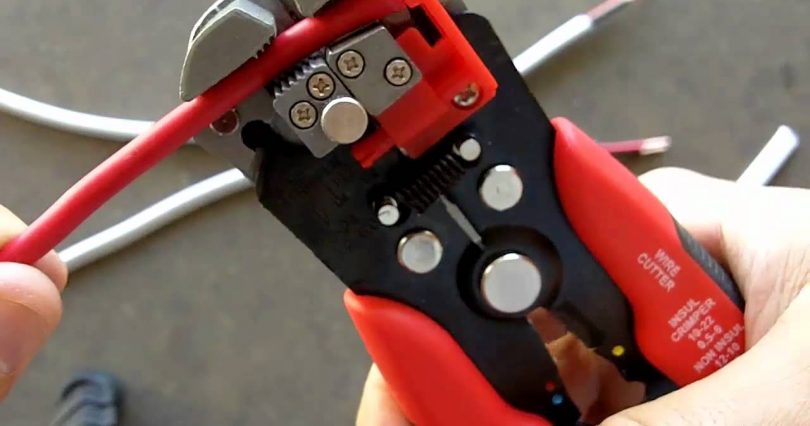How Automatic Wire Strippers Can Improve Productivity

“If the only tool a person has is a hammer, then they tend to see every problem as a nail”, according to Abraham Maslow. In other words, we must use the right tool for the job or, by extension, we must use the tool that will maximise both a person’s time and productivity. So how does this relate to automatic wire strippers?
First of all, there are some essential health and safety considerations. Working on electrical wiring can be dangerous. So before embarking on any task in this area, there are some important points to consider. Firstly, when working on anything on-site, make sure that everything is turned off. That means turning off the mains supply to the object being worked on, and remember that it’s worth double-checking with a multi-tester just to be sure.
This takes a matter of moments and could prevent a range of problems, including damage to equipment and, of course, the potential for electrocution. Always wear eye protection and rubber or insulated gloves. If the job happens to be in a location with the possibility of water on the floor, perhaps in a basement or near a boiler, then wear rubber boots for additional insulation. Finally, make sure that the proper tools are used for the job, not just the nearest implement – an old Swiss Army Knife or whatever happens to be at the bottom of the toolkit.
Wire strippers are tools used to remove the outer plastic housing surrounding electrical wire so that it can be connected to electrical equipment.
There are essentially two types of wire strippers: manual or automatic. Manual wire strippers can be the basic scissor-like cutters that many people use. These are adjustable so that the teeth of the cutters remove the plastic coating without cutting through the wires underneath. Other versions have a series of different-sized blades set in a row, with the smallest nearest the tip of the tool. The user chooses the correct size of the wire and then places it in the corresponding blades. It is then a matter of closing the blades to grip the casing and rotating the strippers around the wire without twisting it. Everyone has experienced the ‘try it and see’ nature of these tools, although in experienced hands they can work reasonably well.
Automatic wire strippers are not electric tools in themselves. The ‘automatic’ label doesn’t mean that they can be plugged in and handle the entire task without intervention. Instead, by squeezing the handles together at the depth required, the casing is gripped by one set of teeth and cut with a 360-degree blade so that it isn’t necessary to rotate it by hand. Continue squeezing and the jaws pull the casing off the wire in one easy and efficient movement.
So to reiterate Abraham Maslow’s advice, not only should we select the right tool for the job, but we must also consider the right tool for increased productivity.
